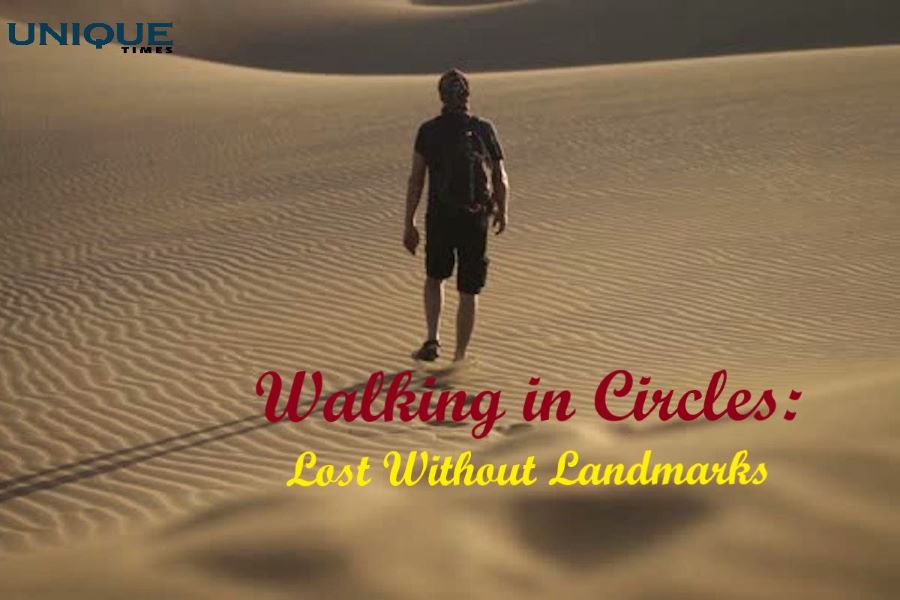The Curious Phenomenon of Walking in Circles: Lost in Directionless Terrain

Navigating through unfamiliar landscapes can be a daunting challenge, especially when landmarks are absent. A perplexing phenomenon arises when people find themselves lost in environments like deserts or dense forests – they tend to walk in circles. This tendency has puzzled researchers and intrigued explorers for years. In this blog post, we delve into the psychology and science behind this curious behavior, shedding light on why both blindfolded and disoriented individuals exhibit the same circular wandering.
- The Enigma of Circularity It’s a scenario that seems straight out of a mystery novel – when lost without points of reference, humans often end up wandering in circular paths. This uncanny behavior has been documented across various cultures and terrains, sparking questions about its origins and underlying causes.
- The Inner Compass: Vestibular System The human body possesses a remarkable internal navigation system known as the vestibular system. Located within the inner ear, this system helps us maintain balance and sense spatial orientation. However, when deprived of external cues like landmarks or the sun, this inner compass can lead us astray, contributing to the circular wandering phenomenon.
- Biased Perception and Muscle Memory Research suggests that our perception of straight lines and angles can be skewed when surrounded by featureless landscapes. In the absence of visual cues, our brains might rely more on muscle memory and proprioception, which can inadvertently lead us back to previously walked paths, reinforcing the circular motion.
- Dominant Limb and Gait Asymmetry Another intriguing factor is the dominant limb. Studies have shown that people tend to have a preferred direction (clockwise or counterclockwise) when walking. This subtle preference, combined with the asymmetry in gait, can contribute to circular motion over time.
- Blindfolded Parallels: The Same Circular Path Blindfolded individuals, who lack visual cues, also exhibit circular walking when disoriented. This intriguing parallel between sighted and blindfolded individuals emphasizes the significance of the vestibular system and other sensory inputs in navigation.
The human tendency to walk in circles when disoriented or blindfolded is a testament to the intricate relationship between our senses and spatial perception. While this circular wandering might seem counterintuitive, it underscores the reliance on external cues and internal navigation mechanisms. Exploring this phenomenon not only provides insights into human cognition but also highlights the fascinating interplay between our bodies and the environment. As we unveil the mysteries behind circular wandering, we gain a deeper appreciation for the complexities that underlie our everyday experiences.
Picture Courtesy: Google/images are subject to copyright








